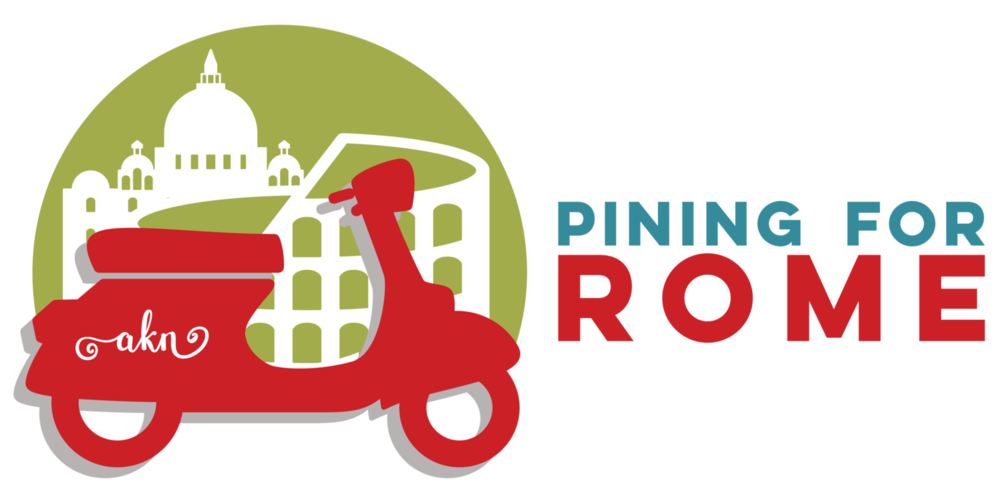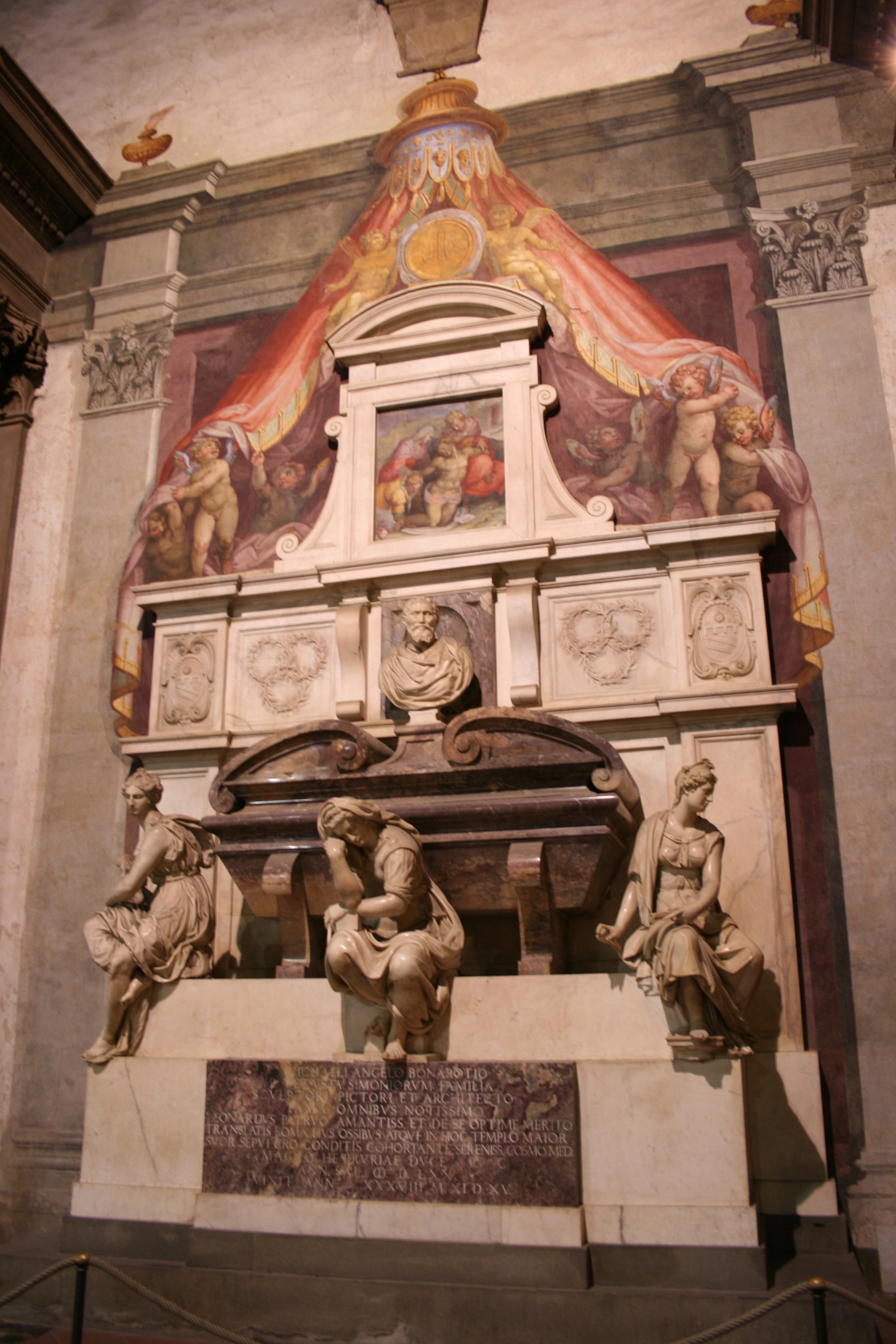Where to Find Michelangelo in Florence
Michelangelo Buonarroti was born outside of Florence in 1475. Though he spent much of his life working in Rome, he loved Florence and considered it his home. Many of his greatest works still reside in Florence, and Florentines are exceedingly proud of their native son.
Although visiting the city can get pricey, many of Michelangelo’s treasures can be experienced cheaply, or for free! And following in Michelangelo’s footsteps can take you through the greatest museums of the city with a mission — a strategy which can be helpful in a city overwhelmlingly full of incredible art.
Buy Tickets in Advance
Florence can be a crowded city — particularly in the summer. To avoid standing in line in the heat, buy your museum tickets in advance online. BUT don’t use online ticket brokers. Internet ads and hotels will offer to book reservations for a booking fee – sometimes as much as an additional 150%. Most of the museums in the city now sell tickets online on their own websites. The links are below. That way you know that your tickets will be valid. This isn’t necessary for every museum to be sure, and you often don’t have to plan weeks in advance. But prepaying for your tickets ensures that you will get in on the day you are hoping to go and allows for a much more pleasant experience!
Alternatively, if you are already in Florence, visit the ticket office at the Uffizi Gallery. For a much smaller booking fee, reservations can be made for all of the major museums in Florence allowing visitors to skip the long lines.
Also: most of these locations are very accommodating of those needing assistance for mobility or other accessibility issues. But it is helpful to make arrangements in advance. Check each website for the accomodations available and for contact information.
Michelangelo in Florence’s Museums
The Musei del Bargello: Via del Proconsolo, 4
Perhaps the best bargain in Florence, the Musei del Bargello is a small museum with an amazing collection of sculpture, all for one of the lowest museum prices in Florence (€8 or €9 depending on the time of year; reduced fares for children and students ). Here Michelangelo’s Bacchus holds court alongside his Brutus. Bacchus was Michelangelo’s first commission in Rome, and it failed to meet his patron’s approval because he depicted the god of wine as a drunk. However, his Brutus—a piece done in his later years—was well-loved, though it served as a scathing commentary on Florence’s political situation. Donatello’s David is another gem on view at the museum.
A drunken Bacchus by Michelangelo at the Bargello in Florence
The Gallerie degli Uffizi | The Uffizi Gallery: Piazzale degli Uffizi 6
The Uffizi Gallery is the grand dame of Florentine museums. If you are only going to one museum, this would be my pick. Their collection of Renaissance paintings is unrivaled in the world, and while they only have one work by Michelangelo, his painting is shoulder to shoulder with Botticelli, Artemisia Gentileschi, Titian, Lippi, Raphael… the list goes on and on. But if you are looking for Michelangelo, you will find his only known oil painting: the Doni Tondo. This round painting of Mary, Joseph, and a toddler Jesus is charming and set amongst the other Renaissance masters, it is easy to see that Michelangelo studied those who came before him and expanded upon their work. Another advantage: unlike the Sistine Chapel ceiling which soars above, you can get up close to this painting and see it in intimate detail.
The Doni Tondo at the Uffizi Gallery
The Galleria dell’Accademia di Firenze aka The Academy: Via Ricasoli, 60
Home to Michelangelo’s David as well as some of the Captives (originally designed for Pope Julius II’s tomb in Rome), The Academy (in Italian-Accademia), is home to one of the most famous sculptures in the world. The David cemented Michelangelo’s reputation as the greatest sculptor in Italy and won him a lifetime of work. While the David is a gorgeous example of finished work, the Captives show how Michelangelo could take one unspectacular and enormous block of marble and create art.
Michelangelo’s Captives and David at the Academy in Florence
Opera del Duomo: Piazza del Duomo, 9
Never crowded, the Opera del Duomo is museum option on the Piazza del Duomo (€18 including a climb to the top of the Duomo’s dome). Michelangelo’s Florentine Pieta occupies a well-lit alcove in this lovely gallery. Intended as his own tomb marker, the Florentine Pieta (1548-55) was abandoned, but the figure of Nicodemus still stands as a self-portrait.
Michelangelo’s self-portrait at the Opera del Duomo in Florence
Casa Buonarroti: Via Ghibellina, 70
Also off the beaten path, Casa Buonarroti offers a chance to see the work of a young Michelangelo for a small fee (€8). Scholars can access a large collection of his papers, drawings, and correspondence too. But the casual visitor shouldn’t miss “Battle of the Centaurs” and “Madonna of the Steps”, both sculpted by Michelangelo in his teens. The Battle of the Centaurs shows a young artists’ mastery of movement and anatomy in a writhing mass of bodies. And the Madonna of the Steps is the first of many sensitive portraits of mothers and their children – all done by an artist whose own mother died when he was six years old.
Casa Buonarroti, a small museum dedicated to Michelangelo’s early works
Michelangelo in Florence’s Churches
Some of Florence’s churches are so filled with art that they are really museums. And some have adopted admission fees in order to finance restoration and preservation efforts.
Santa Maria del Fiore (the Duomo)
Visiting the church itself is free. The Duomo had only been finished for 30-some years when Michelangelo was born, and it was hailed as one of the world’s architectural wonders because Brunelleschi was the first architect to successfully build a dome since the fall of the Roman Empire. Having grown up in the dome’s shadow, Michelangelo sent for its dimensions when he set out to design the dome over St. Peter’s in Rome.
Santa Croce: Piazza Santa Croce, 16
Michelangelo was buried in his home church of Santa Croce, and he is in good company alongside Dante, Galileo, and Rossini among others. The church, however, charges €8 admission (children under 18 are free) to see the tombs as well as the beautiful architecture.
The Basilica of Santa Croce in Florence
The Medici Chapels: San Lorenzo
At the church of San Lorenzo you will find one of Michelangelo’s favorite projects: the Medici Chapel in the New Sacristy. This group of sculptures and the surrounding architecture was designed by Michelangelo, and he worked on the project on and off for nearly fourteen years. It was finished by his assistants and students after he left Florence for Rome. Beneath the Medici Chapels is a hidden room which may possess sketches by Michelangelo as well. At the moment they are not accessible to the public, but in 2020 the museum plans to make them public.
The Laurentian Library: Piazza San Lorenzo
Within a few steps of the church of San Lorenzo sits the Medici family’s gift to Florence: the Laurentian Library. Designed by Michelangelo, the library is a beautiful example of his architectural design work from his playful bending of classical design rules to his mastery of proportion and scale. Access to the library is somewhat limited. It is a functioning library, and the reading room — the part Michelangelo designed — is small, so they do not allow crowds. It is best to arrange for tickets and a tour ahead of time. Check the library website for information about making arrangements.
Michelangelo’s staircase to the reading room of the Laurentian Library
The view of Florence from the Piazzale Michelangelo — gorgeous even on a stormy day
Michelangelo for Free
Piazzale Michelangelo: Viale Michelangelo
Built to honor the great artist, the Piazzale Michelangelo is the best place to take a panoramic photo of Florence and the Arno River. Take a picnic or just hang out for a free hours and enjoy the people-watching.
Loggia della Signoria & Piazza della Signoria
According to legend the face carved into the doorframe of the Signoria was created by a blindfolded Michelangelo on a dare. During the Renaissance, the Piazza della Signoria was the site of Michelangelo’s David and remained as such until the late 1800s. A replica stands there today amid other notable pieces of art including Giambologna’s “Rape of the Sabine Women” and Cellini’s “Perseus”.
A replica of Michelangelo’s David stands in the Piazza della Signoria
New & Updated Information
This piece was originally written for EuroCheapo.com. It has been updated and refreshed.
















